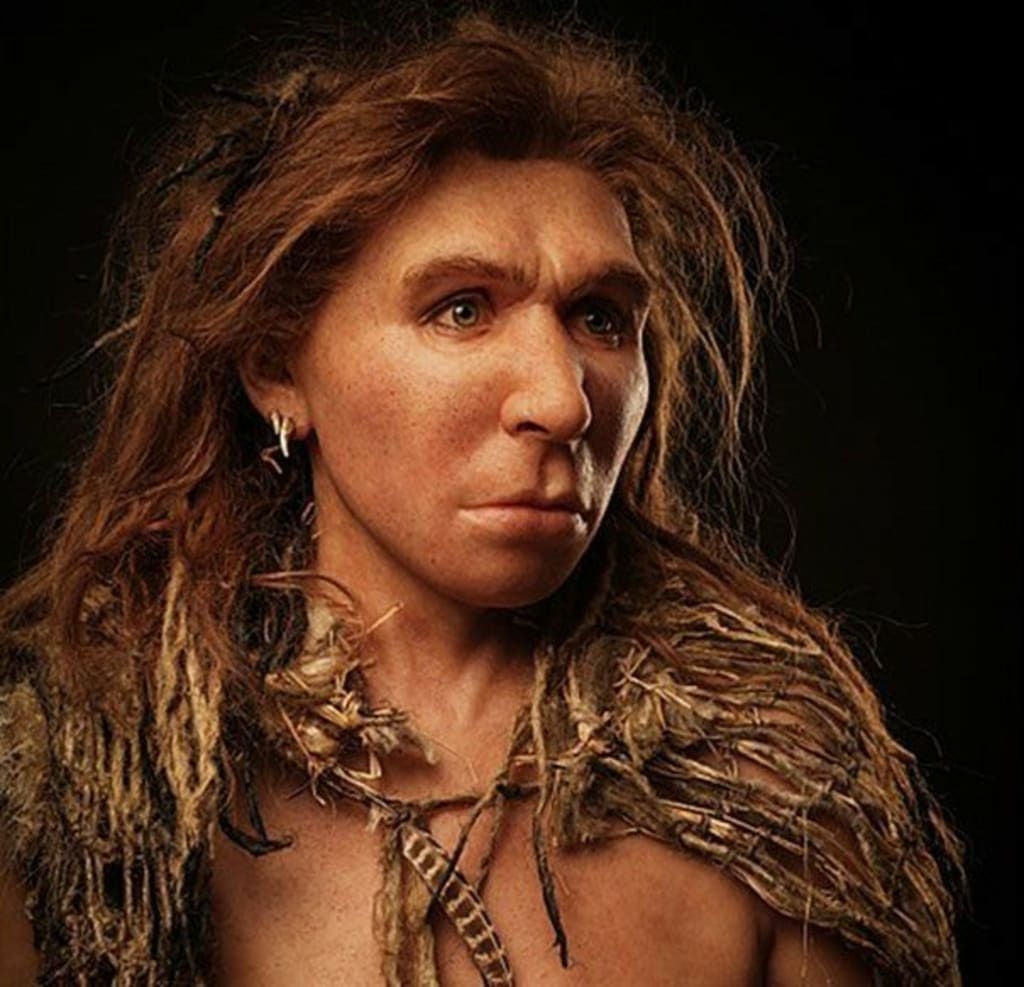
Homo sapiens, also known as anatomically modern humans, are the only surviving species of the genus Homo. They evolved around 300,000 years ago in Africa and gradually migrated to other parts of the world, replacing other hominid species such as Homo neanderthalensis and Homo erectus. Homo sapiens are characterized by their advanced cognitive abilities, language skills, and their ability to use tools and adapt to various environments.
Language: One of the most striking features that distinguish Homo sapiens from other primates is our ability to communicate using a complex system of language. While other animals have rudimentary forms of communication, such as calls and gestures, human language is far more complex, with a syntax and grammar that allows us to convey complex ideas and convey abstract concepts. This ability to use language is what enables us to pass on knowledge from one generation to the next, and to cooperate on a scale that is unmatched in the animal kingdom.
One of the defining features of Homo sapiens is their large brain size and complex neural structure, which allows for advanced cognitive abilities such as abstract thinking, problem-solving, and the development of complex social structures. This advanced cognitive capacity is thought to have given early Homo sapiens an advantage over other hominids, allowing them to develop more sophisticated tools and weapons, and to develop more complex social structures.
Another important aspect of Homo sapiens is their unique ability to communicate through language. While other hominids such as chimpanzees and gorillas have rudimentary communication systems, Homo sapiens have developed highly sophisticated language abilities, including the ability to use abstract symbols and grammar. This has allowed them to share complex ideas, develop cultural practices, and cooperate on a large scale.
Homo sapiens also have a unique ability to adapt to a wide range of environments. They have been found living in environments as diverse as the Arctic tundra, rainforests, deserts, and islands. This adaptability is due in part to their advanced cognitive abilities, which allow them to invent new tools, adapt their diet, and develop new social structures to meet the demands of their environment.
The physical characteristics of Homo sapiens have also undergone significant changes over time. Early Homo sapiens had a more robust and muscular build, with a larger skull and brow ridges. Over time, however, their bodies became more gracile, with a more pronounced chin and smaller brow ridges. This physical evolution is thought to be a result of changes in diet and lifestyle, as early Homo sapiens began to rely more heavily on hunting and gathering.
Homo sapiens have also developed complex social structures, including the development of religions, art, and complex political systems. This has allowed them to form large societies and to develop complex cultural practices. Religion, for example, has been a central aspect of many human societies, providing a framework for morality, ethics, and social order.
The development of art is another unique aspect of Homo sapiens. Early humans created a wide range of art, including cave paintings, sculptures, and decorative objects. This art is thought to have served a variety of functions, including religious and social purposes, as well as serving as a form of self-expression.
Finally, Homo sapiens have made significant technological advancements over time, from the development of simple stone tools to the creation of advanced technologies such as computers and spacecraft. This technological progress has been driven by their advanced cognitive abilities, which allow them to innovate, experiment, and develop new technologies.
Overall, Homo sapiens are a unique and remarkable species, distinguished by their advanced cognitive abilities, complex social structures, adaptability, and technological progress. Their ability to innovate and adapt has allowed them to thrive in a wide range of environments and to develop complex societies and cultural practices, making them one of the most successful species in the history of life on Earth.
About the Creator
Kobra
"Enter the dark and twisted world of the unknown I lead you through the shadows on a journey into the depths of the unknown."
"Uncovering darkness"






Comments
There are no comments for this story
Be the first to respond and start the conversation.